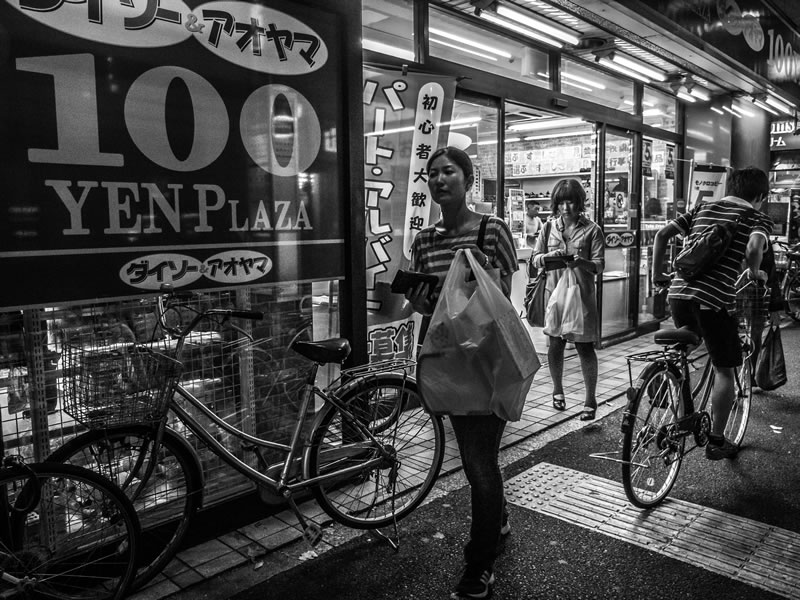
The Japanese scratch their heads in disbelief: in a country with so many things to see and experience, old and new, classic and modern (and ultra-modern), spectacular and subtle, what is it that draws visitors in droves to the 100 yen stores and what is it that makes them, not only prefer their merchandise (instead of the true masterpieces of handcraftsmanship or industry available elsewhere) but also write pages over pages in blogs and tourist sites, recommending “hyakkin” (百均/100均) as must-see destinations? And even do it when it is obvious that they are not on a tight travel budget: a visit to one of the most prominent hyakkin (like the big “Daiso” in Harajuku’s Takeshita Dori) makes it clear that a big percentage of the foreign customers could certainly do their shopping in any of neighboring Omotesando’s exclusive stores.
Still, if they made the effort to hear what the foreigners they interview (typically and for reasons of exoticism and miscomprehended “internationalization”) say on TV, the answers are there in black and white: hyakkin are one of the biggest surprises in Japan, mostly because of their multitude of choices and the quality of their merchandise. Unlike similar stores (one dollar, one euro etc.) in the rest of the world, the range of products available in 100 yen stores is unbelievable; in fact, the only things they don’t carry are clothes and electronic devices. Beyond these there will be at least two choices for anything people need in their everyday lives, be they of practical application or entertainment, food included. It is not a coincidence that the most common refrain of anyone starting their own home for the first time is “we’ll buy this at the hyakkin”.
Even more impressive is the quality: obviously there are exceptions but at least 90% of the merchandise available at the hyakkin will work as good as something bought at a “regular” store –and perhaps even better. (The reason this happens is because even though the objects are manufactured in China or some other cheap-labor country, the standards are Japanese and production is supervised by the Japanese themselves.) By buying something from a hyakkin, you buy something as Japanese as anything you’d buy anywhere else but at a lower price and, if you are a visitor, you also get the added value of having a story that most people back home aren’t going to believe. That the Japanese can’t comprehend that the above make hyakkin uniquely appealing says more about them than about the thousands of foreigners who practically queue to do at least some of their shopping there.
Grigoris A. Miliaresis is a journalist and translator. He has worked for many newspapers, magazines and publishing houses and specializes on the Internet, the martial arts and Japan where he has been living for the last few years.